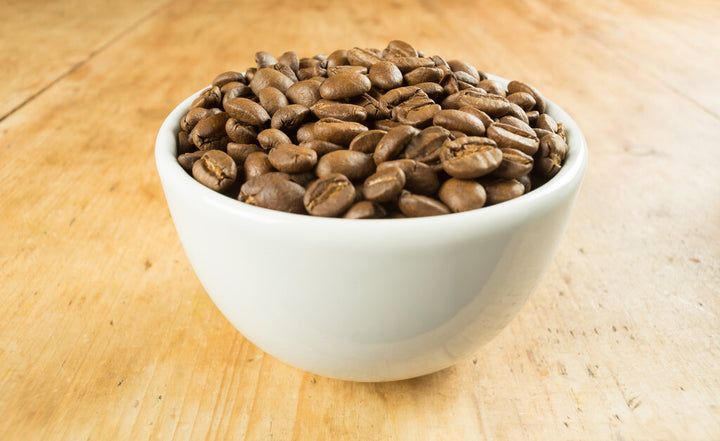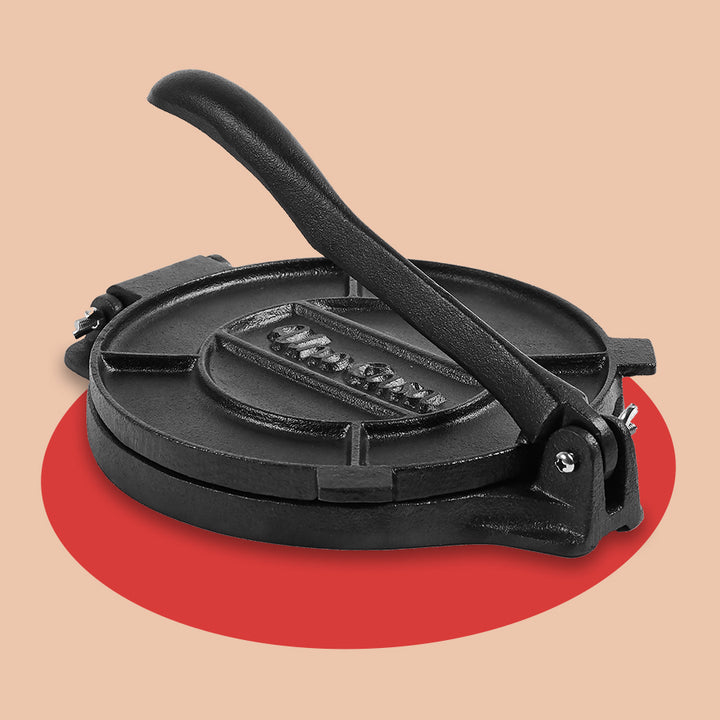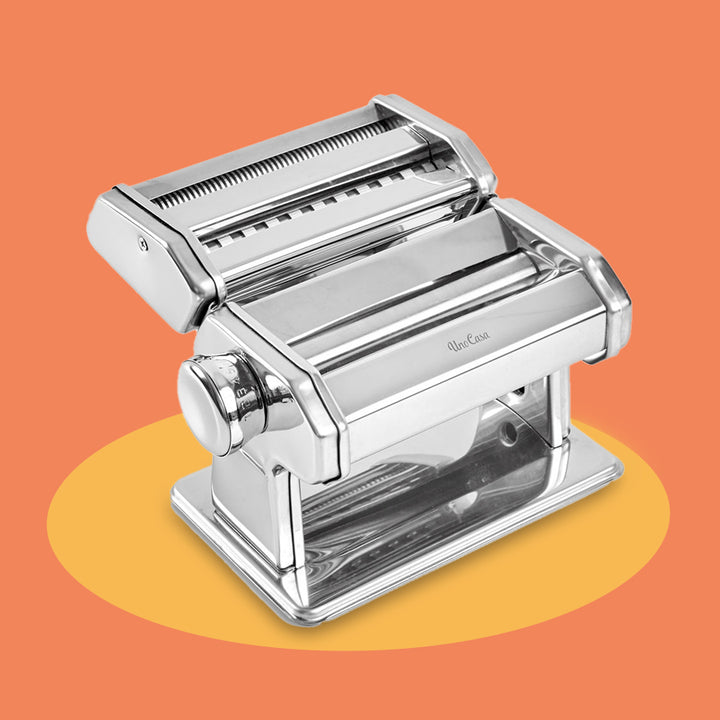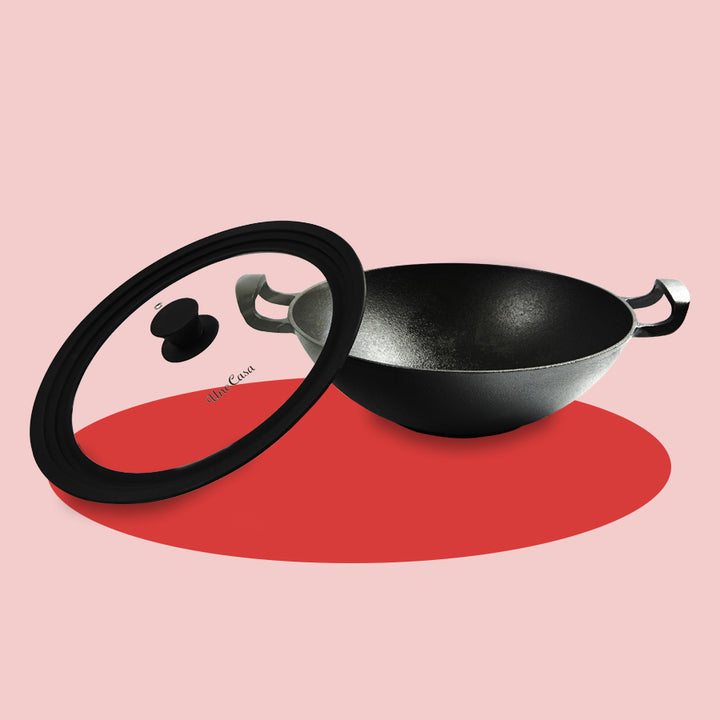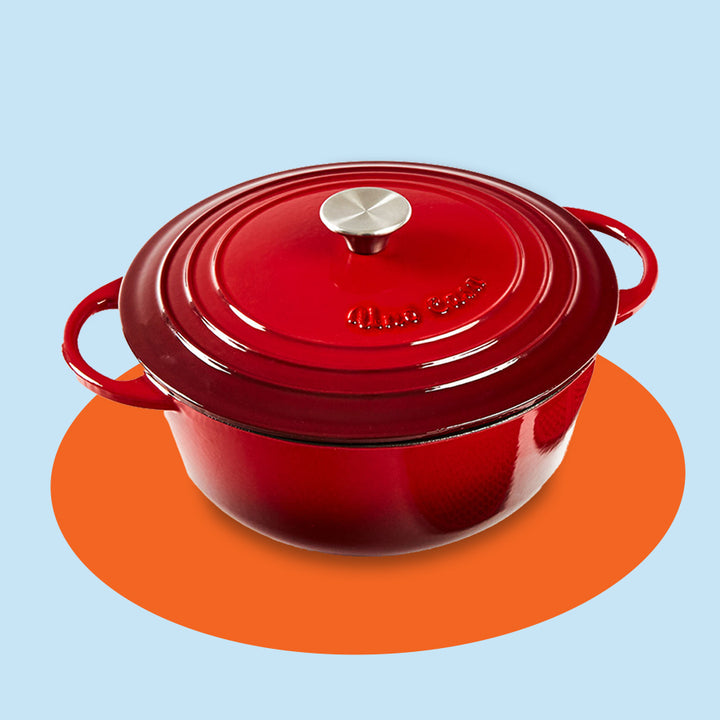Pasta for Diabetics: How to Balance a Love of Pasta with Diabetes
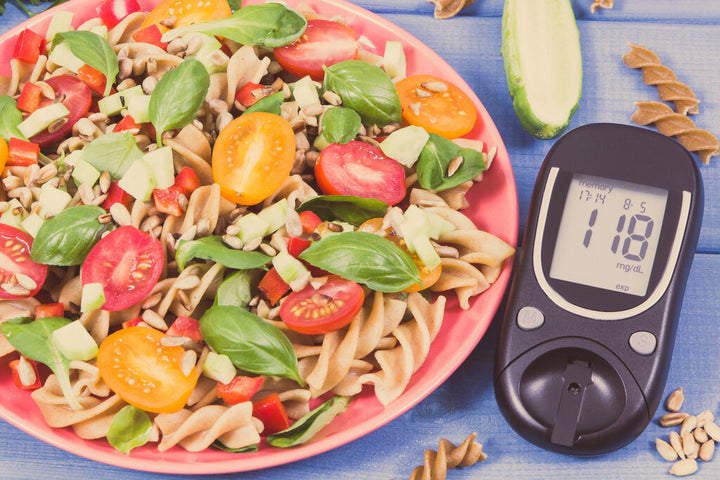
Pasta for diabetics? Surely those are two things that could never be compatible? Aren’t there just too many sugars and fats in pasta for it to ever be suitable for a diabetic diet? Many diabetics ask the age-old question, how many carbs in pasta? Here’s everything you need to know.
All too often, the idea of preparing pasta for diabetics is one that’s simply thrown off the dining table, but don’t despair! It is possible to balance a love of pasta with diabetes. At least, it’s possible in moderation, and with self-control, for you to enjoy pasta in small portions.
In this article, we explore whether pasta really is for diabetics. Are there ways for diabetics to eat pasta dishes without them putting their health at risk?
Can I eat pasta if I’m diabetic?
Diabetics often talk of pasta in hushed, conspiratorial terms. Diabetics avoid Italian restaurants like the plague, and they only order ravioli once a year when it’s a very special occasion. The reason behind this fear of pasta amongst diabetics is, of course, the high carb content.
Diabetics struggle to regulate their blood sugar levels, and so dishes that are high in carbohydrates (which are then turned to glucose by the body) are surely not suitable for a diabetic diet.
But can diabetics eat pasta ever again? The answer might surprise you, but yes, diabetics can still eat pasta. As with any diet, or any dietary requirements, it’s all about moderation. Yes, pasta does contain carbs, but small portions combined with regular exercise allow diabetics to still enjoy pasta dishes.
How many carbs are actually in pasta? There’s no denying that pasta is high in carbs. Humans primarily consume carbohydrates as a source of fuel. The carbs are then broken down into sugars such as glucose. Pasta is an excellent source of carbs, but for diabetics who struggle to control their blood sugar levels, that’s the problem.
Per cup, cooked pasta contains around 40 grams of carbohydrates. That’s a lot, even for a non-diabetic. But diabetics can still process carbohydrates; they just need to regulate the number of carbs they are eating to ensure their blood sugar levels stay under control.
An entire cup of cooked pasta is a large serving for anyone, but lower the portion size, and the number of carbs being consumed also drops, of course. In much smaller portions, those carbs are manageable and indeed, needed by the body to be used as fuel.
Pasta once a week isn’t going to kill you, even if you’re diabetic. Large servings of pasta for every dinner, though? That’s a different story!
And does pasta have sugar? Pasta itself actually has very little sugar. The problem arises for diabetics, though, when the carbs are broken down once consumed.
Pasta: healthy eating tips
Diabetics should consult a dietician or their doctor for advice on the quantity and regularity of pasta they can safely enjoy each week, as this depends on a number of other mitigating factors.
If you perform more exercise, for instance, then your body naturally needs more carbs for fuelling that exercise. If your diabetic condition is more serious, then you will need to limit the number of pasta dishes you eat further.
As well as only eating pasta in moderation and limiting portion sizes with each serving, there are a number of other healthy pasta eating tips that diabetics can incorporate into their diet.
Switch white pasta for wholewheat
We often see pasta as simply being a source of carbs, which is why it is shunned so consistently by diabetics. The reality is that pasta is much more complex than its carbohydrate content.
Pasta is also an excellent source of vitamins, however, which diabetics need in their diet. White pasta often loses these extra beneficial vitamins and minerals, but diabetics should switch to wholewheat pasta to make the most of the healthy aspects of pasta.
As well as being lower in carbs, wholewheat pasta is high in fiber and a source of iron and other important vitamins.
Prepare homemade pasta
With a pasta maker, it becomes remarkably easy to prepare your own pasta at home. That way, you know exactly what’s gone into making it.
With homemade pasta, you can select the best flour; you can choose whether to incorporate eggs or not; and you can control the addition of salts while keeping it fresh and preservative-free.
The best pasta for diabetics is always the homemade variety!
Want to make your own homemade pasta, but don't know where to start? Begin with downloading our FREE pasta-making guide:
Cook pasta so it’s al dente
Cooking pasta so that it’s al dente is one of the easiest ways for diabetics to control the amount of glucose they consume.
The longer pasta is cooked for, the more it’s broken down. This releases more sugars from the pasta and ultimately results in higher blood sugar levels.
The best diabetic pastas are prepared al dente, so cook your pasta so that it’s still relatively hard, rather than being soft and mushy.
Add vegetables, and limit the sauce
While pasta itself is often seen as the biggest offender in terms of carbs and unnecessary fats, all too often, it’s the sauce that can contain unnecessary quantities of unhealthy ingredients.
Rich, creamy sauces can contain large numbers of sugars, sodium, and carbs, for instance, while meat-heavy sauces such as bolognese or ragu can be oily or fatty.
Diabetics need to be careful of the sauce they prepare. Keep the sauce light, and include lots of different vegetables rather than filling up on mince or ground beef. Add tofu for protein, or go for lean meats such as turkey or pork mince. Again, it’s all about the balance!
Pasta for diabetics: should diabetics really eat pasta?
If you do struggle with diabetes, you might still be asking, ‘Is pasta good for diabetics?’ In large quantities, no, pasta is not suitable for a diabetic diet. But in small, controlled portions, pasta can very much still be enjoyed!
As with any diet, a diabetic-friendly diet is all about balance. Eating pasta every day is never going to go well. But scheduling a pasta dish once a week, preparing homemade pasta, and cooking sauces with plenty of vegetables are all ways to reconcile pasta and diabetes.
Why not bookmark this guide, so you can start enjoying pasta again?
Leave a comment
Comments will be approved before showing up.
Also in Tips
